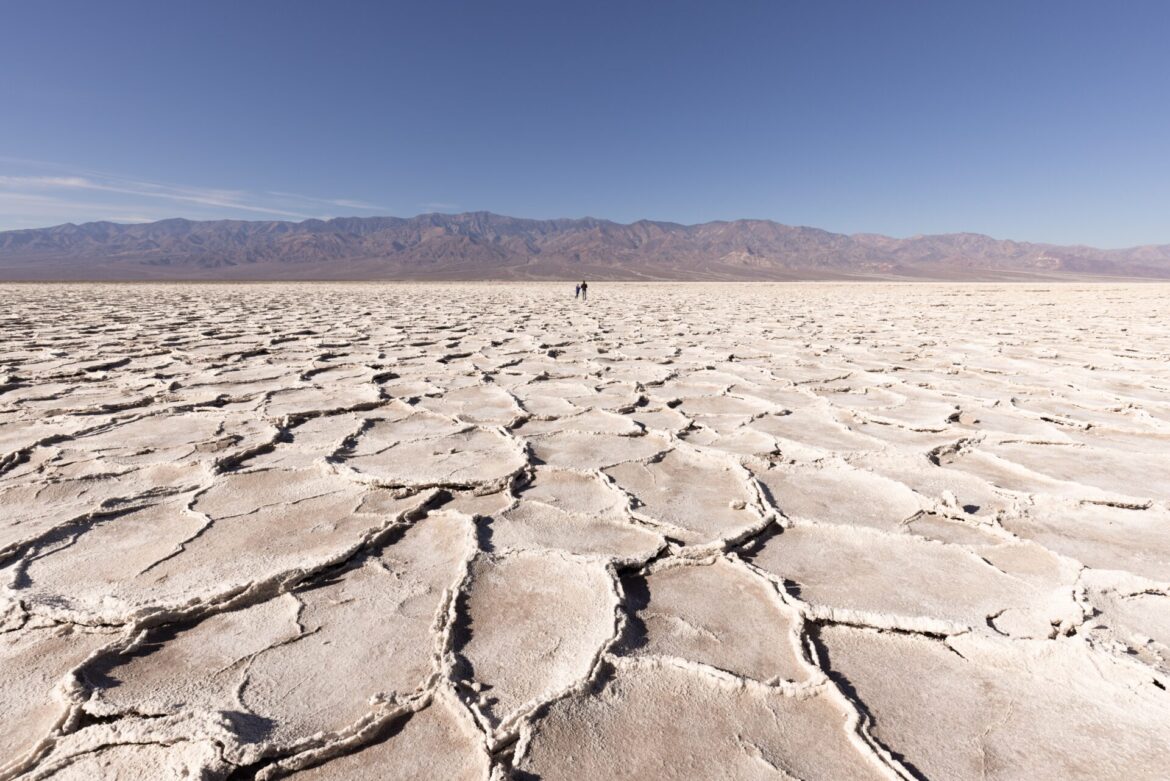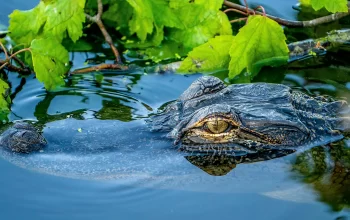In December 1849, a group of settlers seeking their fortune stumbled upon the inhospitable “Death Valley.” Only a few of them survived, giving it its eerie name.
A heat wave continues to engulf the Northern Hemisphere, and tourists are flocking to the hottest place on Earth—Death Valley in California—in hopes of experiencing a new world record for extreme temperatures. The valley already holds the record for the highest air temperature ever recorded, a whopping 134°F in 1913.
But if they think the Valley was named after a hot summer, they're wrong—it got its name after a winter disaster. Here's the story of how Death Valley got its name and why it still attracts visitors with its extreme weather and barren landscape.
Death Valley is located in California, near the Nevada border. It is located in the northern part of the Mojave Desert between four mountain ranges: the Panamint Mountains to the west, the Amargosa Mountains to the east, the Grapevine Mountains to the north, and the Owlshead Mountains to the south.

The area’s original inhabitants, the Timbisha Shoshone, lived in harmony with the land for millennia. But when European settlers came across the place during their westward migration, they were very much confused. Despite being surrounded by mountains, the valley is at the lowest elevation in the United States. The alkaline desert floor is dry and devoid of vegetation, while the surrounding mountains trap heat reflected from the rarefied desert floor—making the place blindingly hot in summer and inhospitable in winter.
Even before the gold rush of 1849, California had attracted white settlers eager for a new life filled with natural wealth. But many of these settlers were completely unprepared for the arduous journey through mountains and deserts—and some fell prey to guides who falsely claimed to know the safest and fastest routes.
In one famous case in 1846, a group of pioneers known as the Donner Party found themselves trapped in the Sierra Nevadas after following a shortcut claimed by promoter Lansford Hastings. Some of these pioneers eventually resorted to cannibalism, and hunger and cold "consumed" nearly half of the group.
Despite this disaster and lack of local knowledge, other settlers and train convoy leaders still tried to find shortcuts on the way to California, especially after gold was discovered there.
In October 1849, members of the Mojave San Joaquin Company convoy led by Jefferson Hunt expressed dissatisfaction with his pace and his preferred route, known as the Old Spanish Trail. They feared that they would become stranded in the mountains during the winter, like the Donner Party, if they did not move faster. They briefly persuaded Hunt to try an alternative route, but Hunt returned from the scouting mission nearly dead of thirst and announced that he would stick to the Old Spanish Trail.

However, some members of the convoy still believed they could find a way through the Mojave Desert to the west—and when they met another, smaller group on the road, they showed them a hand-drawn map of a short route, supposedly recommended by some of the region’s most experienced hunting and climbing experts. When Hunt refused to take this shortcut, which would have shortened the journey by 500 miles and possibly months, a large part of the group broke away and tried this new route.
At first, it seemed like they had made the right choice: the travel was easy and they were moving quickly. However, they soon encountered increasingly inhospitable terrain and were hesitant to continue. One group headed for a nearby mountain in the hope of finding water. The other, a group of younger, single men who called themselves “Jayhawkers,” broke away and tried to head west in search of the miraculous route that the mountaineers had spoken of—but it turned out not to exist.
As both groups advanced, water became increasingly difficult to find, and many turned back to look for Hunt rather than face the dangers of winter in the Deadly Sierras. “The grass is scarce, the timber is nonexistent,” Jayhawker Sheldon Young wrote of the landscape. “It is a suspicious-looking country.”
Completely exhausted, in December 1849, the two groups finally entered a vast valley filled with salt flats and surrounded by mountains on all sides. There was little water in the desert valley.
The Jayhawkers were forced to kill many of their oxen to obtain food and cross the valley, where they eventually found a local native who led them to safety. The other group attempted to go their own way in the opposite direction and eventually perished on the way.

On the verge of dehydration, the surviving members of the original group were briefly saved by a snowstorm. But over time, the oxen died of thirst and exhaustion, and several men died. Eventually, almost all of the broken-off men moved over the mountains. The rest waited patiently at the valley floor.
Finally, after more than a month, the remaining members of the group—mostly women and young children—were rescued by two young men who had been sent out to retrieve supplies. As they passed through the Panamint Mountains, one of the group members reportedly looked down at the valley and said, “Goodbye, Death Valley.” In total, it took the shortcut seekers more than four months to find their way to the part of California they were looking for.
Highest temperature recorded on Earth?
Death Valley is known as one of the most desolate and dangerous places in the United States. In 1913, the air temperature around the valley reportedly reached 134 degrees, which still holds the world record for the highest air temperature. (Surface temperatures are a whole other category.)
However, more modern meteorologists dispute this measurement, pointing out that the temperature was inconsistent with measurements at other nearby locations, and that even strange "hot spots" in the valley cannot explain these deviations.
“It can be shown that the 134°F temperature in Death Valley on July 10, 1913, was essentially meteorologically impossible,” meteorologist Christopher C. Burt wrote in a 2016 analysis. Nevertheless, the World Meteorological Organization, which approves world temperature records, still considers the measurement a valid world record.

The group “is always willing to review any past extreme record if new credible evidence is presented,” the WMO said in a 2020 statement, but the record has not yet been officially overturned.
Still, the organization is bracing for possible new extreme temperature records. Death Valley may not have earned its name based on the hottest summer day, but 174 years later, this desolate, salt-sand landscape is still as inhospitable as it was in 1849.


